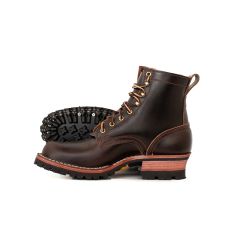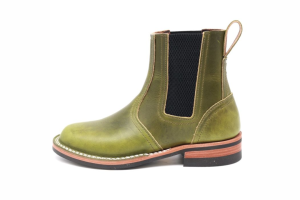Why Do Logger Boots Have High Heels?
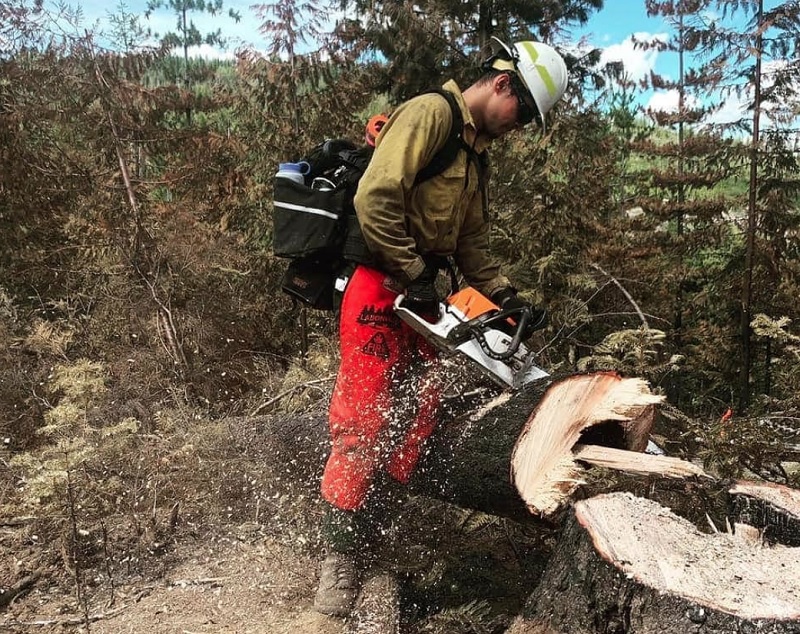
Why ARE logger boots high heels, as well as so many other work boots? It seems like it might be uncomfortable and, in truth, to some people a raised heel profile can be uncomfortable or at least awkward to walk in.
That's also the reason why you need to select the right pair of boots for the application you have in mind. There are definitely instances wherein a raised heel is not the best boot or shoe design to have.
With that said, logger boots and similar work boot designs are functional, as the raised heel profile is a benefit elsewhere, which is why logger boots and other work boots continue to have the raised heel.
Why Do Logger Boots Have A High Heel?
Boots with raised heels are actually a very old design feature, though for much different reasons than why they became de rigeur on logger boots and other types of working footwear.
Raised-heel shoes and boots were naturally preferred when riding a horse, as the arch and raised heel naturally seats onto the stirrups and is therefore less liable to slip. An exaggerated heel became necessary with Western-style tack, as English designs are more show oriented rather than work-oriented, leading to the modern cowboy boot.
However, logger boots and other footwear for people who labored on foot instead of out of the saddle, eventually adopted a similar raised heel design.
Why is that?
Mostly for additional ankle support, especially when negotiating uneven or mixed terrain, and definitely when going uphill. The raised heel also gives additional arch support, which is needed when doing heavy outdoor work as the arch functions more or less as the shock absorber of the foot.
It's also the case that a heavy, raised heel also helps tame shocks to the heel and feet, making the raised logger heel beneficial for people who work on concrete floors.
Where Did The Logger Boot Come From?
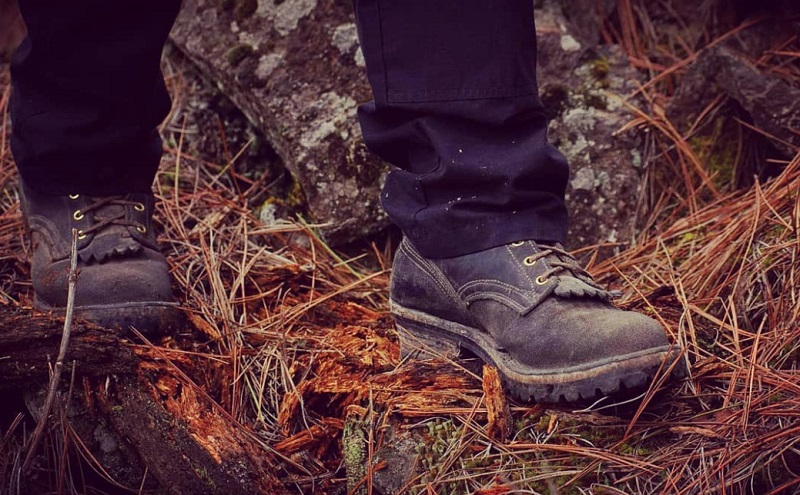
The logger boot, such as we know it, emerged from the Pacific Northwest in the late 19th to early 20th century, as raised-heel working boots for the timber workers of the region were needed and popular bits of working gear. The original design featured a caulked sole, necessary for maintaining traction on slick surfaces and certainly for guiding logs down the rivers.
The original caulked boot design launched a number of well-respected boot brands, including White's Boots in Spokane, Wash., and Danner Boots in Portland, Ore., both of which began as small shops making work boots for loggers and other working men.
The virtues of the logger boot design, of course, was noticed by people who worked in other trades, which is why it's been so widely copied as general work boots as well as for lineman and wildland firefighting boots as well as footwear for timber workers.
Are Logger Boots Right For Me?
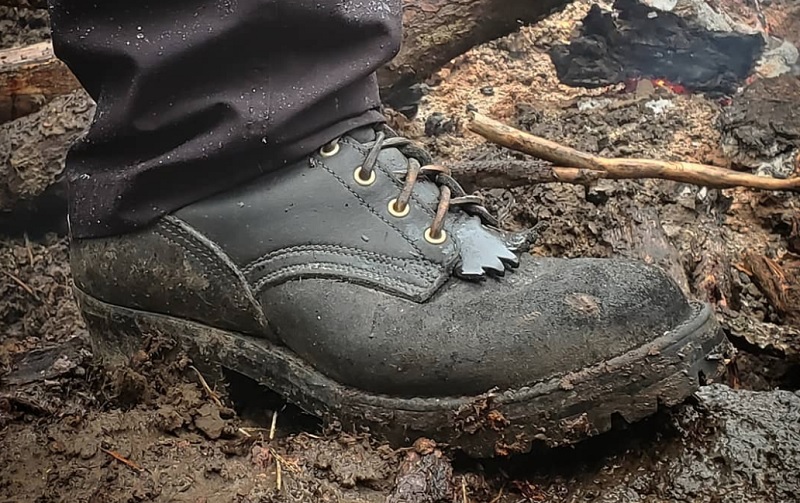
Logger boots or at least work boots of the logger design may in fact be a great choice for you, but they also might not. While they have some distinct advantages over a lower heel profile in terms of additional support, those advantages can be conditional in that they are less of a benefit in some situations.
For instance, a raised, heavy heel is not a benefit in a job that requires a person to be light on their feet. Some people also find a raised heel profile uncomfortable, which is why many boot companies will offer work boots with raised, medium and low profile heels.
Hospital workers, for instance, have to spend long hours on their feet but may find that heavy heels make walking through the halls of their hospital building a bit more laborious than they might prefer. People who work in light manufacturing may find likewise that heavy boot heels are a bit more boot than they really need.
For people who work in an office, heavy work boots are like wearing an oven.
And of course, you just might have your own preference for your own reasons. The best way to find out is try out a pair of great work boots and see for yourself.
